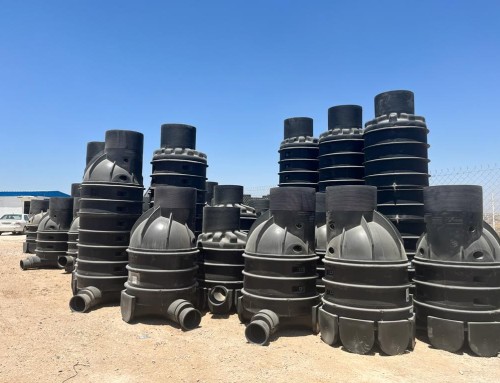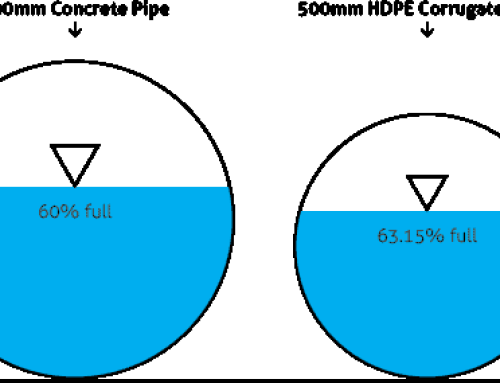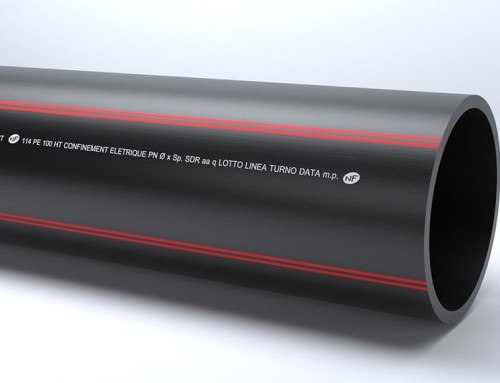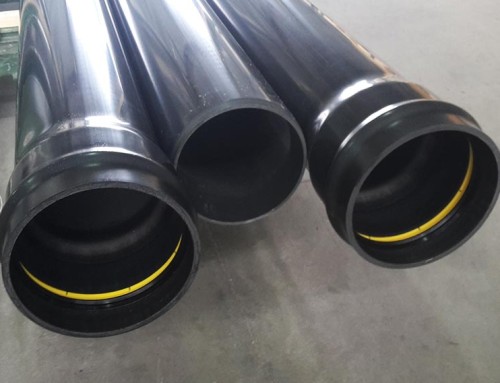BALANCING TANKS FOR PLUMBING INVARIANCE
Rainwater management is becoming the main subject of environmental and urban safety policies. The reasons are the wild building, which involved our cities in the last ten years, together with the increase of unusual weather activities caused by climate change: both events required an innovative mindset linked to the supervision of rainwater in urban area.
Even on a legal level, both national and local, the principles of hydraulic invariance are introduced with the goal of reducing the impact of all activities that change the territory.
nbsp;
WHAT IS WATER CONVEYANCE INVARIANCE?
Hydraulic invariance is a principle by which the maximum capacities of rainfall outflow, discharged from urban areas to natural or artificial water collection units, are not higher than those existing before urbanisation.
In simple terms, when the rain falls on a draining surface (green areas, etc…), a certain quantity of water is absorbed, while the other part flows away and creates a stream that is conveyed in a watercourse or in an urban network made for clean water. But if the draining surface is waterproof (asphalt, paving, etc…), the results can be 4:
- There is a reduction in the draining surface
- There is a reduction in the water quantity absorbed from the soil
- There is an increase in the capacity of the water that flows away
- There is an increase in the speed of water flow
In order to avoid that the excessive waterflow causes complications for the collectors, complete balancing systems are provided in order to manage storm water by distributing them in a controlled manner.
Balancing systems are equipped with an underground tank (monoblock or modular) that works as a temporary storage and administrator of rainwater intake. This is how the rainwater discharged in the final collector (public sewerage, ditches, streams, etc…) has a capacity that does not exceed the limit set forth by the local authorities and/or managers of sewage network.
nbsp;
There are 2 types of balancing systems:
GRAVITY BALANCING TANKS
 Rainwater is directed inside the tank via an inlet pipe (made of PVC or PE) and is discharged into the collector through an outlet pipe placed at the bottom of the tank. Its diameter guarantees that the maximum discharge capacity is always lower than the capacity of the collector.
Rainwater is directed inside the tank via an inlet pipe (made of PVC or PE) and is discharged into the collector through an outlet pipe placed at the bottom of the tank. Its diameter guarantees that the maximum discharge capacity is always lower than the capacity of the collector.
In the event of heavy rainfalls, the water that exceeds the capacity of discharge builds up for a short period of time inside the tank and is released over a longer period of time.
- INLET PIPE: to feed in the flow
- STATIONARY ZONE: where sedimentation of the incoming water takes place
- OUTLET PIPE: to regulate the flow of rainwater to discharge to the final collector
- SAFETY OVERFLOW
BALANCING TANKS WITH PUMP
 Rain water flows inside the tank via an inlet pipe (made of PVC or PE) and is discharged into the collector body by means of a submersible pump; the discharge capacity of the pump can be adjusted by means of a manual valve placed on the pipe. Therefore, in the event of heavy rainfalls, the water that exceeds the capacity of discharge of the pump builds up for a short period of time inside the tank and is released over a longer period of time.
Rain water flows inside the tank via an inlet pipe (made of PVC or PE) and is discharged into the collector body by means of a submersible pump; the discharge capacity of the pump can be adjusted by means of a manual valve placed on the pipe. Therefore, in the event of heavy rainfalls, the water that exceeds the capacity of discharge of the pump builds up for a short period of time inside the tank and is released over a longer period of time.
- INLET PIPE: to direct the flow
- STATIONARY ZONE: where sedimentation of the incoming water takes place
- SUBMERSIBLE PUMP: to regulate the flow of rainwater to be discharge to the final collector
- SAFETY OVERFLOW





